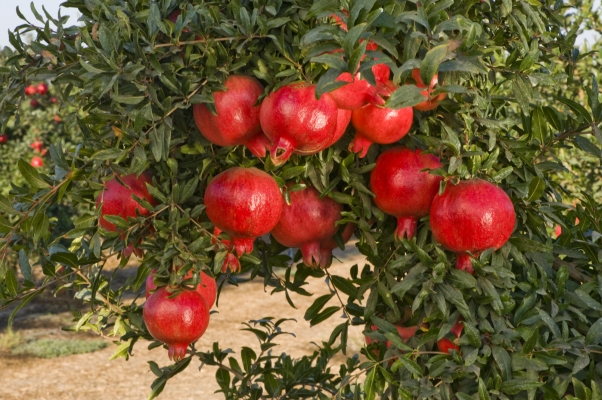General Information
Pomegranate known as Anar in Hindi, is commercial crop of India. It origin lies in Persia. It is a rich source of carbohydrates, proteins, calcium, phosphorus, iron and vitamin C. Pomegranate eaten as fresh fruit also its juice is cool and refreshing. Along with juice, each and every part of pomegranate have some medicinal value. Its root and peel used to cure diarrhoea, dysentery and worm killing in the intestines. Its petals are used for preparing dyes. Pomegranate has high export potential. India mainly export to Bahrain, Kuwait, Saudi Arabia, Oman and Netherland.
Maharashtra is major producer of Pomegranate. Other states like Madhya Pradesh, Rajasthan, Karnataka, Gujarat, Tamil Nadu, Andhra Pradesh, Uttar Pradesh, Punjab and Haryana are also cultivating pomegranate on small scale.
In Maharashtra, near about 1.32 lakh hectare area is under pomegranate cultivation (Numerical.co.in). Ahmednagar, Aurangabad, Beed, Buldhana, Dhule, Jalna, Latur, Osmanabad, Nashik, Pune, Satara, Sangli and Solapur are major pomegranate areas of Maharashtra.








